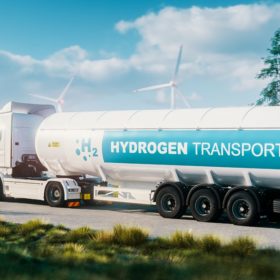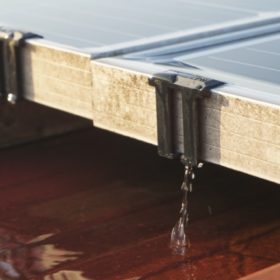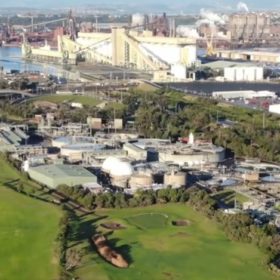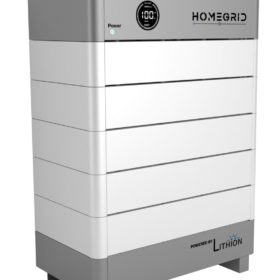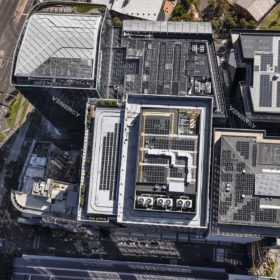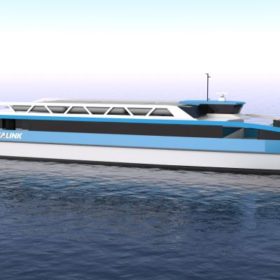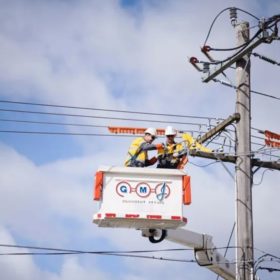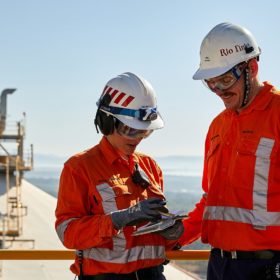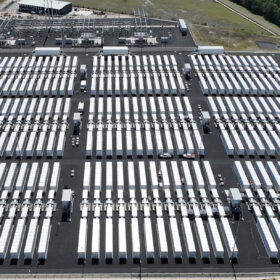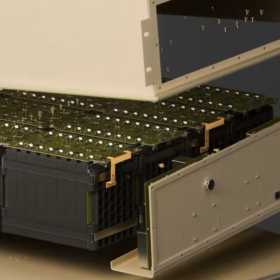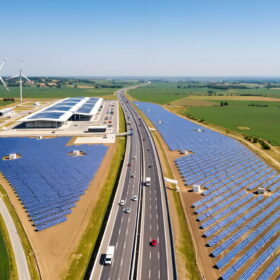Oil producers showing rising interest in hydrogen
A team led by CoorsTek Membrane Sciences has demonstrated a system to convert methane via proton ceramic reactors, while Nel Hydrogen Electrolyser has received an order from an undisclosed Indian refinery for an alkaline electrolyser, in a deal that underscores how oil and gas companies are becoming increasingly interested in the hydrogen sector.
Solis unveils off-grid PV inverter
The S5-EO1P(4-5)K-48 series off-grid PV inverter has an efficiency of 96.7% and supports parallel operation of up to 10 units, which allows for a system capacity of up to 50 kW. According to the manufacturer, the device is compatible with all top-tier brands of lithium-ion and lead-acid batteries.
New water-draining device for rooftop PV systems
Portuguese startup Solarud has developed a way to eliminate soiling around the frames of PV panels with low inclination slopes. The device drains water that would otherwise stay stagnant on the surface of modules.
Wollongong university recruited for green steel research project at Bluescope
BlueScope Steel, the country’s largest steelmaker, will partner with its local university in Wollongong and Future Fuels CRC to undertake a 13 month research project investigating options for decarbonising its operations at the Port Kembla Steelworks.
Stackable home battery with 9.6 kWh to 38.4 kWh of capacity
Lithion’s Stack’d Series LFP batteries are modular and can be scaled in 4.8 kWh increments, from 9.6 kWh to 38.4 kWh.
Solar tech advances to trigger switch for skyscrapers
As people have gradually migrated to the world’s cities, urban areas have migrated upward to scrape the sky. And yet, while one of the first principles of power generation is to generate as close as possible to the point of consumption, energy systems have long been designed to deliver electricity to major cities from distant hubs. But now, thanks to recent advances in solar panel energy density and building-integrated PV, vertical cities could soon be standing tall under their own power.
Sealink to sink $20.6 million into ‘world-first’ green hydrogen ferry project
Queensland-based transport group SeaLink Marine & Tourism has won state government backing to build a “world-first” internationally compliant renewable hydrogen-powered passenger ferry.
Maxeon unveils home energy management system
Maxeon Solar Technologies has released an integrated home energy management system to engage with solar PV, batteries, heating, cooling, and appliances.
Victorian networks seek smart solutions to counter grid constraints
A trio of Victorian electricity distributors are turning to new, smarter technologies including more battery energy storage systems and demand management programs as they seek to meet changing customer needs and improve grid reliability in areas where the low-voltage distribution network is constrained.
Sumitomo says hydrogen project can show way for sector
Japanese industrial heavyweight Sumitomo Corporation has declared a green hydrogen pilot plant to be built at resources giant Rio Tinto’s Yarwun alumina refinery near Gladstone in Queensland has the potential to shape the future of the heavy industry sector in Australia.
